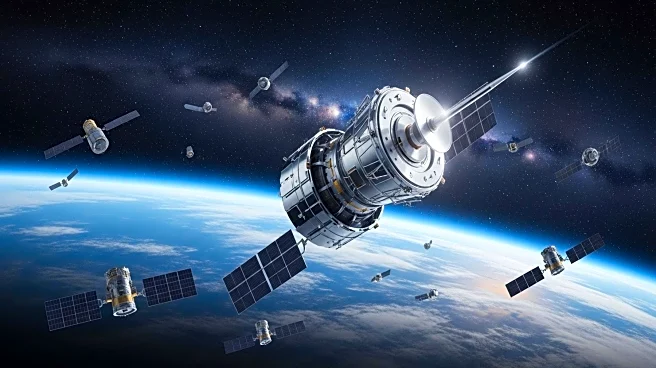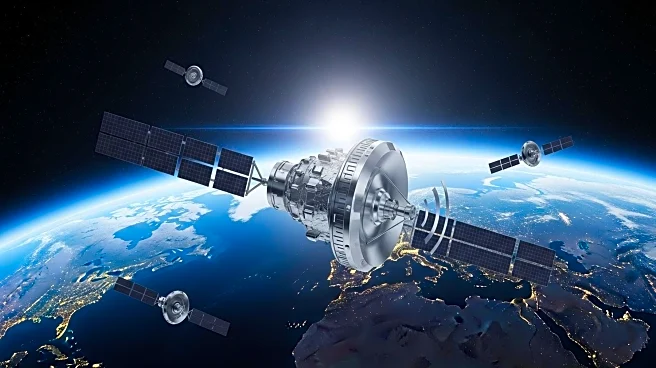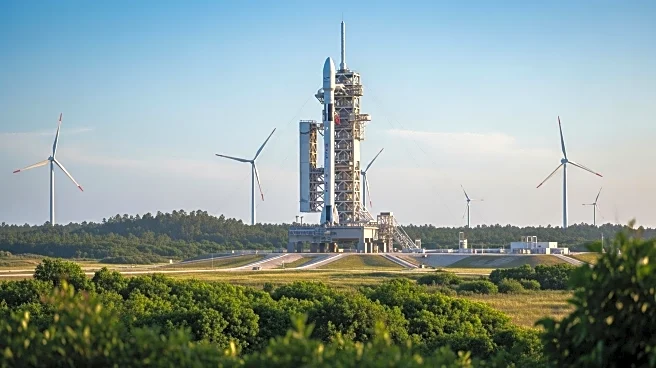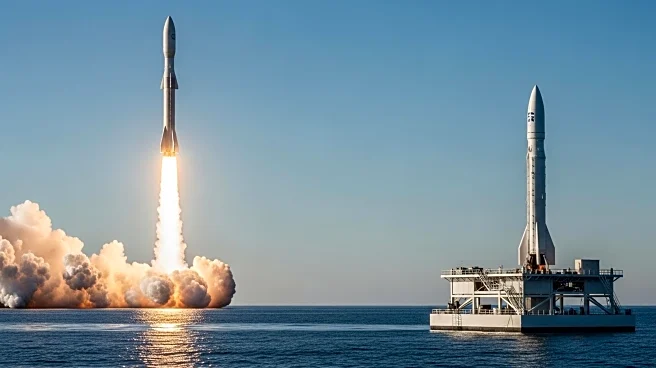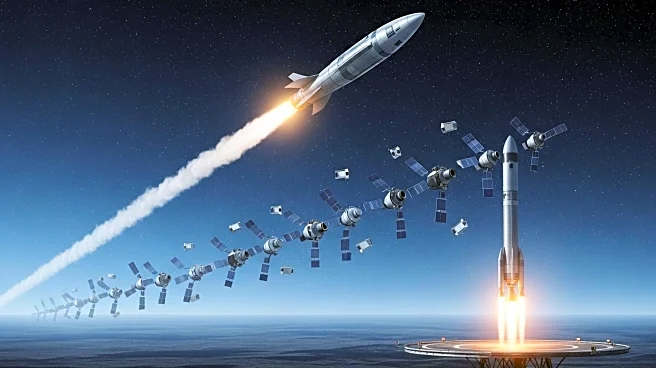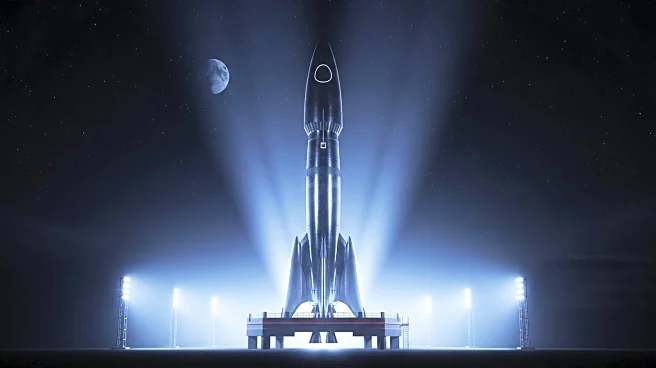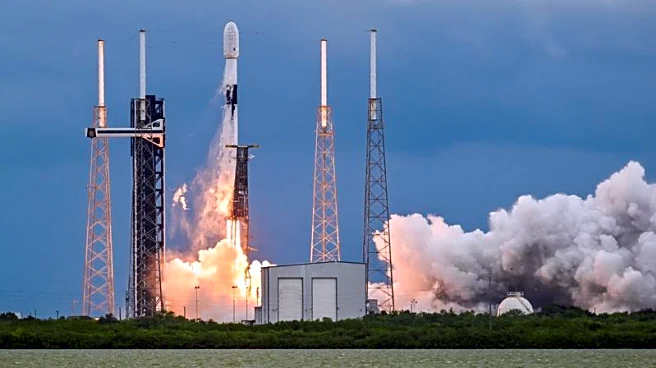What is the story about?
What's Happening?
SpaceX, led by Elon Musk, is working to increase the launch frequency of its Starship rocket at its Texas test site and the Falcon 9 reusable rocket at Vandenberg Space Force Base. The company aims to expand its operations despite facing opposition over environmental concerns. SpaceX has moved its headquarters to Texas but continues to operate design and manufacturing facilities in Hawthorne, employing over 5,000 workers. The Starship rocket, the largest ever built, is crucial for NASA's Artemis mission, which aims to return Americans to the moon. SpaceX plans to launch tens of thousands of Starlink satellites, with Starship playing a critical role due to its larger payload capacity compared to the Falcon 9. The company faces regulatory challenges, including a lawsuit from environmental groups, which was recently dismissed, and opposition from the California Coastal Commission regarding increased launches at Vandenberg.
Why It's Important?
The expansion of SpaceX's launch capabilities is significant for the U.S. space industry, as it supports both commercial and military satellite operations. The increased payload capacity of Starship could lower launch costs, making space missions more feasible and potentially revolutionizing space travel and satellite deployment. SpaceX's involvement in NASA's Artemis mission highlights its role in advancing U.S. space exploration efforts. However, environmental concerns and regulatory hurdles could impact the company's plans, affecting its ability to meet mission deadlines and expand its satellite network. The outcome of these challenges will influence SpaceX's future operations and its contribution to national security and global internet access through Starlink.
What's Next?
SpaceX plans to continue increasing its launch frequency, with the Federal Aviation Administration approving more Starship test flights. The company is also expanding its Starlink satellite network, having recently acquired wireless spectrum to provide mobile service globally. SpaceX is seeking permission from the Federal Communications Commission to launch additional satellites for a hybrid network with ground-based cell towers. The company is partnering with telecom providers to offer wholesale capacity, potentially enhancing mobile service in rural areas. SpaceX's future operations will depend on resolving environmental and regulatory challenges, as well as technological advancements in its rocket and satellite systems.
Beyond the Headlines
The environmental and regulatory challenges faced by SpaceX highlight the ethical and legal dimensions of expanding space operations. Balancing technological advancement with environmental protection is crucial for sustainable development in the space industry. The company's efforts to address these concerns could set precedents for future space exploration and commercial satellite deployment. Additionally, SpaceX's role in NASA's Artemis mission underscores the importance of collaboration between private companies and government agencies in advancing space exploration goals.
AI Generated Content
Do you find this article useful?


